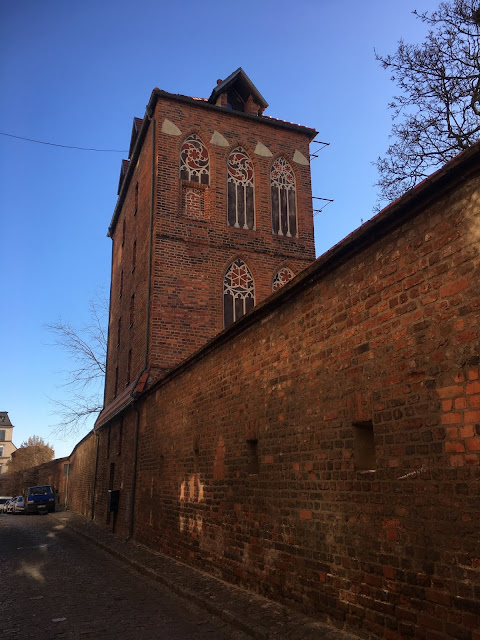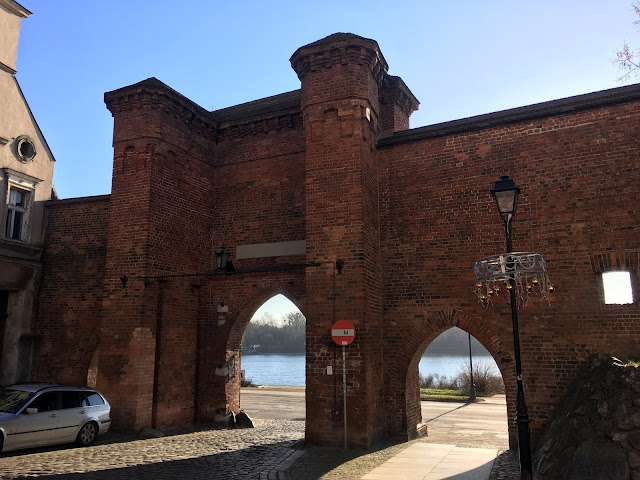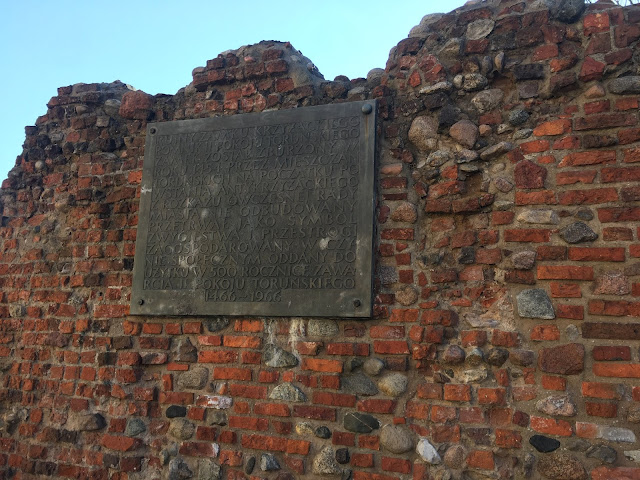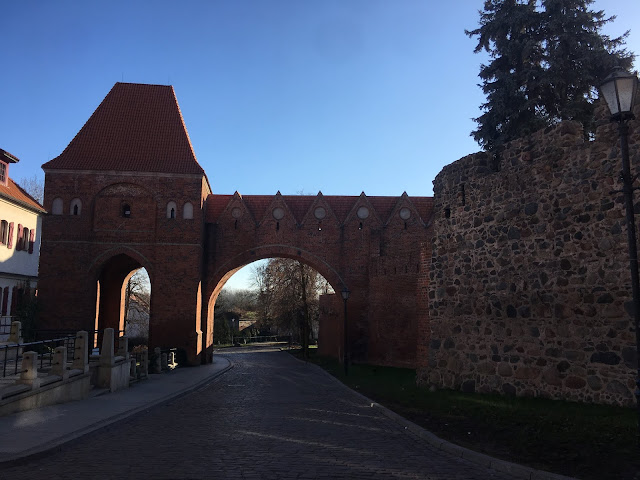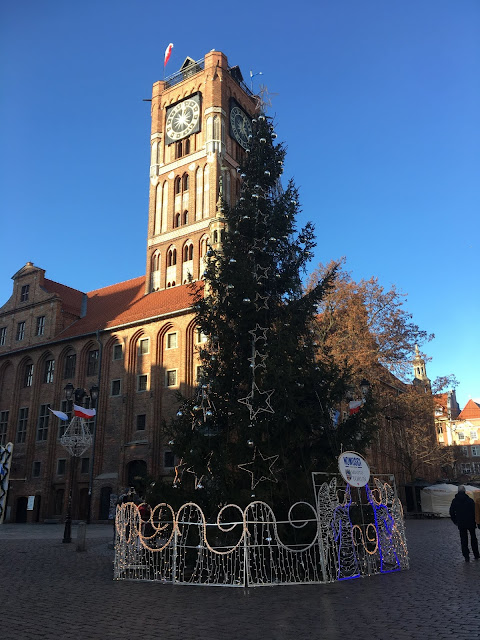Late to post this, as we returned to Taiwan on the last day of January, but it's nearly the end of February now as I post this. I wanted to compare some things between Poland and Taiwan.
Most of the time in Poland, we, along with the rest of my family, were sick. It's normal during this season, but it ruined our plans to travel or even visit some family members. Last week in Poland, we stayed home all the time. The weather was cold, rainy, or just cloudy. With only about 6-7 hours of sunlight, no one wanted to do much. At least the last day was better. Well, maybe not really better because it was snowing, but that's what I wanted - to see snow before leaving Poland again. Our son also played outside for a while. I hope he will have some memories of Poland, family, and that snowy day.
The air quality in winter is very poor there. Every house has a fireplace, especially in the countryside, and people don't care about what they burn. Smoke can be a problem not only outside but sometimes inside the house as well. In the past, small fireplaces were placed in the kitchen and used for cooking and baking. Nowadays, they are usually in a separate area, but it doesn't stop the smoke from spreading everywhere. Our clothing also had a bad smell because of it. That's one of the reasons why my husband doesn't want to go back to Poland during the winter season. Many people also smoke cigarettes, making the air inside even worse. However, it's still better to feel warm at home than the 15-16 degrees Celsius we have in Taiwan. Actually, the day we arrived back was only 8 degrees Celsius. Outside didn't feel very cold due to the sunshine, but at home, we felt freezing. We had to use the heating the whole day and night to feel better.
And the time came to go back to Taiwan. We barely slept for 1-2 hours only. After 2 am, we needed to drive to the airport. No matter where we went in Poland, the roads always seemed to be under construction. A week earlier, we drove to Tychy (near Katowice) and a huge part of the highway was under construction, leaving only one lane accessible. On the way back, some parts were closed due to the destruction of several bridges. Even on the road to the airport, the route was different than usual. Our highways don't have speed cameras, but on other roads, speed cameras are quite common, usually with a 50 km/h limit. Everything in Poland feels far from each other, and it always seems like a long drive to get anywhere.
Due to the latest Wuhan coronavirus, we were a little afraid of crowded airports. In both Poland and Austria, we barely saw people wearing masks. The very few we saw were all Asian people. When talking about this with friends, everyone noticed and heard that people think it looks stupid to wear masks in public. At some point, I can agree with that because we don't have a culture of wearing masks in Poland, so it doesn't look good in our opinion. Although I would expect people waiting for their flight to be more responsible and wear masks, especially since many people were coughing. Most of the time, we were the only people wearing masks in Poland, which resulted in people staring at us. I even joked that if it gets too crowded around us, all we have to do is cough, and people would clear off.
After arriving in Taiwan, and even during the flight, most people wore masks, including the airplane crew. By the way, Poland is quite a big country, but compared to Taiwan, Polish airports are really small. Another problem in Europe could be finding drinking water. You can only get tap water if you don't want to pay for bottled water. In terms of convenience in public toilets, Taiwan would also win. Toilets in Poland are fine, big, and new, while in Austria, they were very small. Toilets in Taiwan are really spacious, so people carrying luggage don't need to leave them outside. Additionally, some places have baby seats on the wall, which is really convenient for mothers traveling alone.
Toilets outside of airports or shopping malls are not free! This is not only the case in Poland but in many European countries, where you have to pay to use public toilets. In Poland, it usually costs 2.5 złoty (about 20 NTD).
There is also another thing I wanted to compare between Poland and Taiwan. While traveling around, especially near busy roads (usually close to forests), you may see women standing there. My husband first thought they needed help, but no, those women are prostitutes. Even though prostitution is illegal here, it is quite a common sight. Even during the winter season, some may wait near forests for potential clients. I never saw that in Taiwan, although I have heard that there are certain areas where all the prostitutes live and "work." We once passed through that kind of street. There were old, small buildings, and every woman, wearing very little, was sitting in front of the house, asking passing men if they might want to stop by...
Recently, Poland implemented a new law that forbids sales on Sundays. This year, there are only 7 working Sundays. It can be a little inconvenient if someone doesn't know about it. For example, we were driving for 4 hours from my aunt's place to my hometown, and there were no shops open. We couldn't find anything to eat or drink on the road. That's totally new to me, so I didn't even think to buy something for the road the day before. The next Sunday was a working day, so we also went out. Surprisingly, there weren't many people in the shopping malls.


































